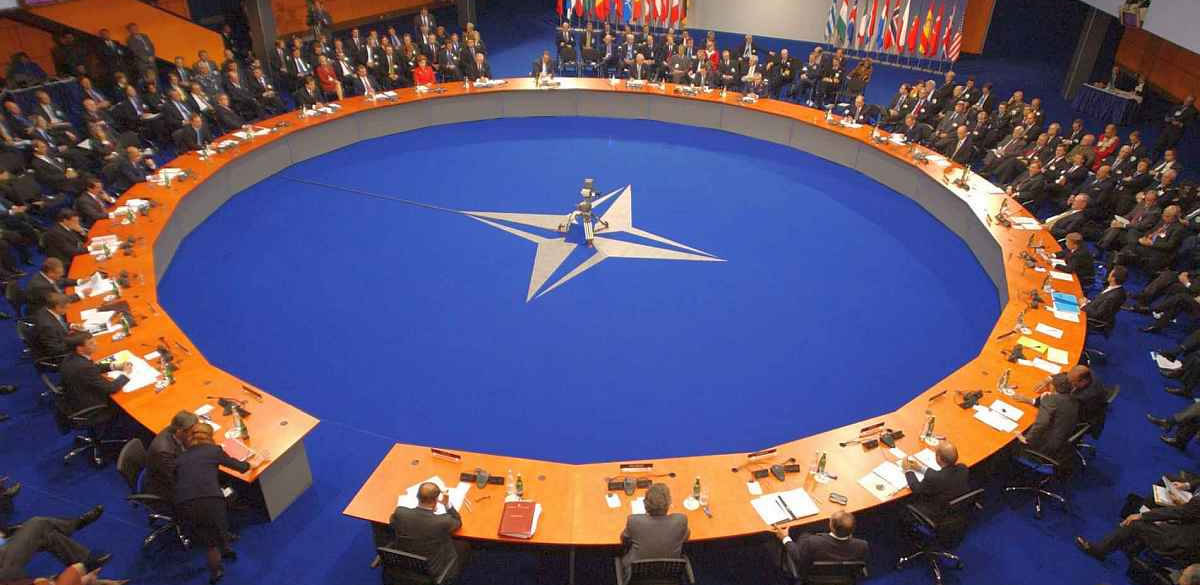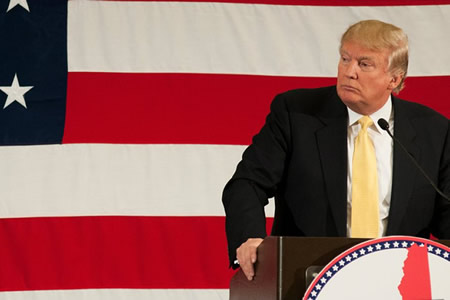We all recall the famous Foreign Assistance Act signed by US President Harry S. Trumann in 1948, commonly known as Marshall Plan, from the name of its inceptor, former State Secretary George C. Marshall. The plan that laid from 1948 to 1952, provided almost 13 billion USD to the Western nations ravaged by WWII. The plan was addressed to 17 countries, majority of them today NATO members (except Switzerland) from Western Europe (except Greece and Turkey).
Once the Iron Curtain vanished and USSR collapsed in 1990, the former Warsaw Pact members opted for a newer allegiance, NATO, hoping for a new aid plan, respectively. The reason was the declared Cold War end, and by similarity with the WWII, the Eastern populace hoped for a robust support of the West in order to cover the technological gap. Still, this never happened in solid terms, and neither in military support. After the bitter experience of Eastern Germany integration, the allies realized the size of the gap, and allowed the slow, but steady economic reforms to play their role. Still, the Western NATO allies were determined in creating the peaceful environment for this. The exceptions were the conflict in former Yugoslavia, 1992, and the civil unrest in Albania, 1997. Both events offered the venue for Eastern nations to offer their support, as freshly members in the Partnership for Peace (PfP) club, NATO hallway for those nations not yet prepared for joining the Alliance, but willing to share its values.
In this context, also considering the Russian aggression against Ukraine and the Warsaw NATO Summit, we witnessed the official announcement of four allied battalions to be deployed in Poland and the Baltic countries. The move was publicly announced a month ago, when the Southern flank (Romania and Bulgaria) was also mentioned as to benefit from allied posture. However, it seems like the contributors were rather in favour of a step-by-step approach. Either way, it become obvious that the changes in the military European chess table and the increase in US European Reassurance Initiative (ERI) funding triggers the introduction of a khaki Marshall Plan toddler. Specifically, the US Administration announced in February this year that the ERI funding for fiscal year 2017 will be of 3,4 billion USD, which quadruples last year’s level. Unlike its previous greater sibling, this one is military oriented, since Russia has been rattling its swords, despite the worsening of its domestic living standards. We can only foresee that the next moves will be the increase in US/allied presence in Romania, since the last two years brought spectaculous landmarks with the manning of the Multinational Division South-East HQ, the NATO Force Integration Unit (both in Bucharest), in addition to the newly certified Ballistic Missile Defense Facility in Deveselu. Less mentioned this year, but still regarded as the most important US forces hub in Romania, the Mihail Kogalniceanu AFB, was used in 2014 for the Afghanistan mission as air bridge for US rotational forces, and it still retains an important role as one of the locations offered to the US ally in the Defense Cooperation Agreement, signed in December 2005.
As a conclusion, the current setting and the balanced future configuration offer room for Romania’s increased role in the region, a burden that may provide incomes beyond any expectation. The economic impact of massive allied presence in the country has not been evaluated yet, still the purchase of goods and services from national market has the potential to add figures to the GDP.




